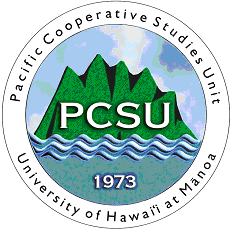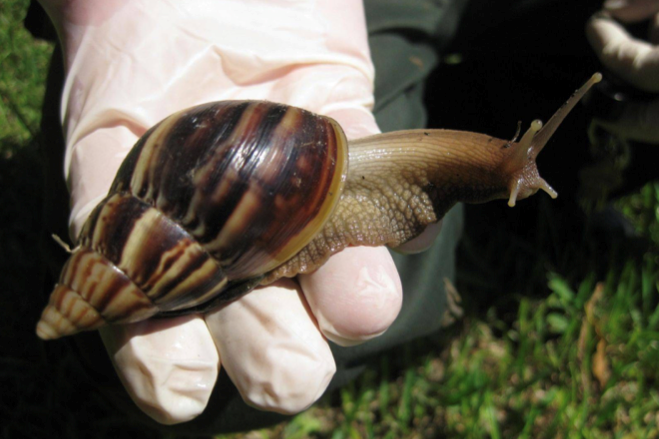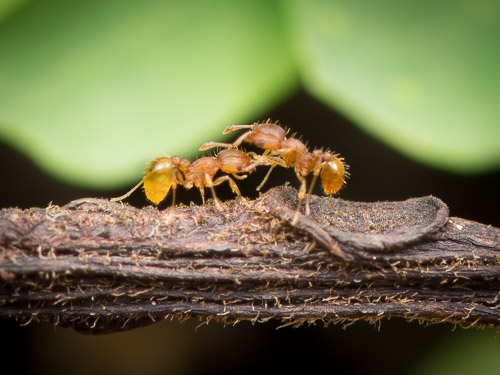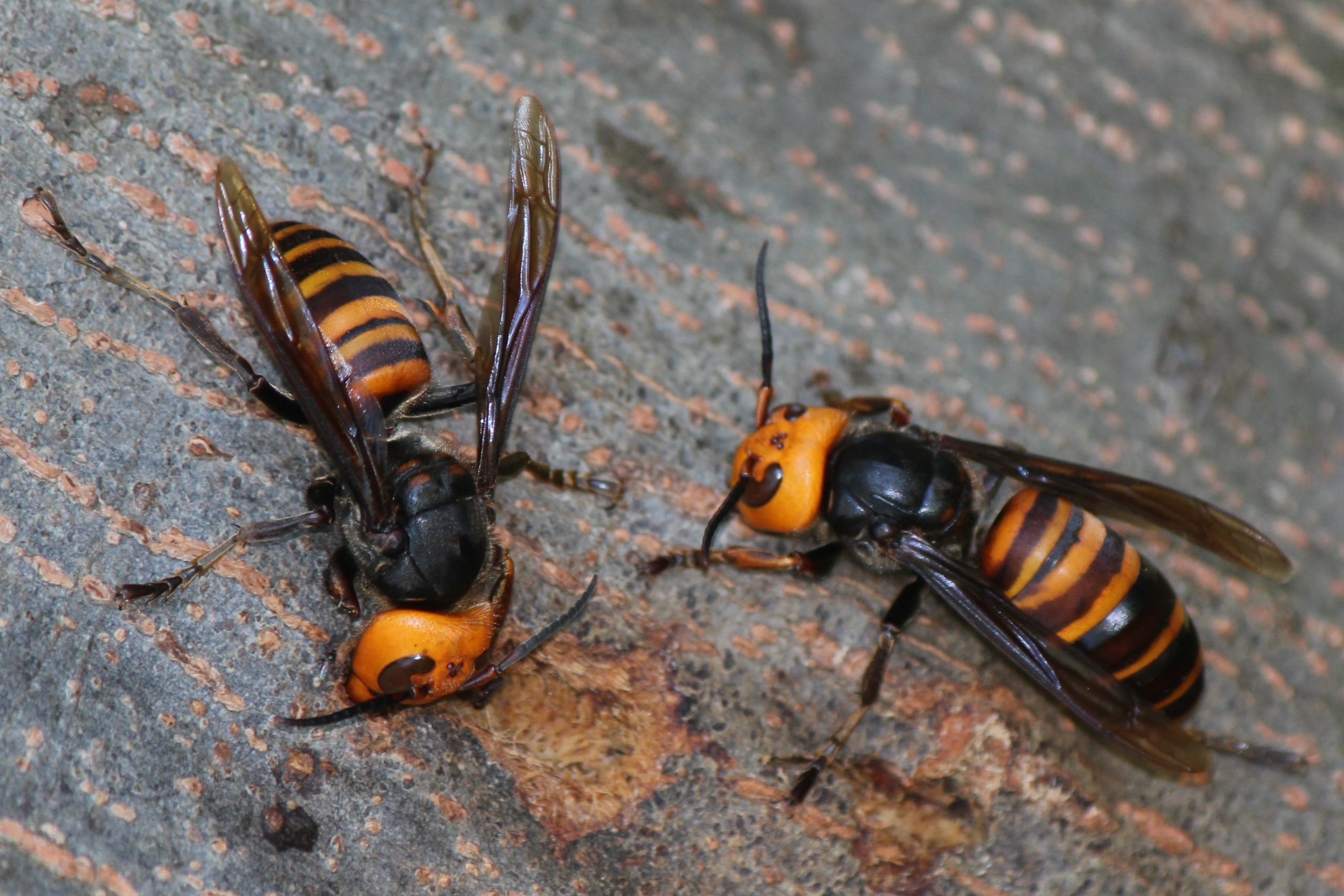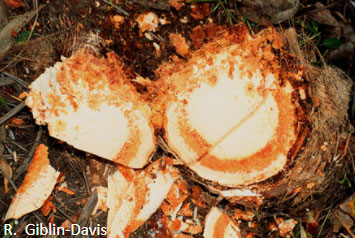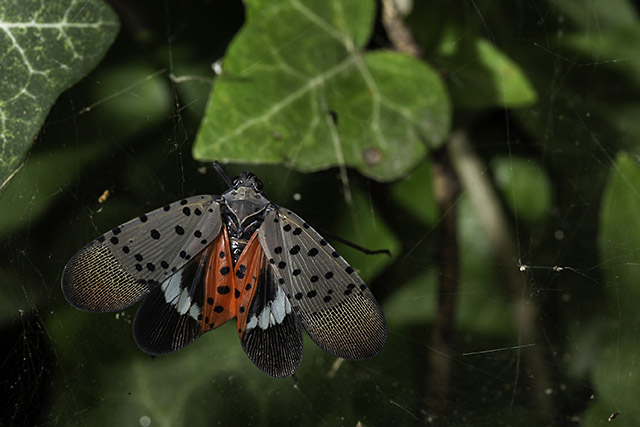Common name: Giant African snail
Scientific name: Lissachatina fulica
Status in Hawaii: Present in Hawaii
A large snail that reaches up to 8 inches in length, giant African Snails are a garden and crop pest that can also carry rat lungworm. Take steps to prevent the accidental movement of these pests within and from Hawaii.
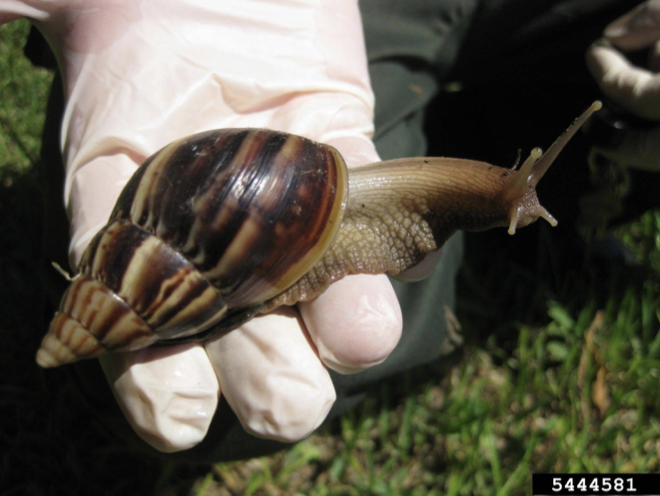
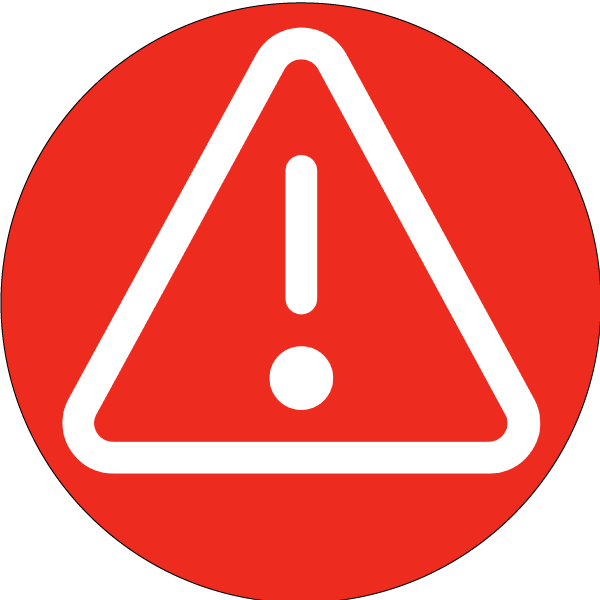
Impacts
- The Giant African land snail (GAS) is one of the most damaging snails globally and consumes over 500 different kinds of plants.
- The snails are also a potential risk to human health because they can carry a parasitic nematode that can cause meningitis.
- These snails can reproduce several more times without mating again. They can generate clutches of eggs every 2 to 3 months. A single mating can result in multiple clutches of eggs over time resulting in up to 1,200 eggs per year.
- Known tocarry several nematode parasites, including Angiostrongylus cantonensis (rat lungworm), A. costaricensis, and A. malaysiensis. Angiostrongylus cantonensis can cause symptoms similar to meningitis in humans including headache, stiff neck, tingling or painful feelings in the skin, low grade fever, nausea, and vomiting.
- It is also an intermediate host to the larval stages of some nematode parasites of vertebrates (dog, cat, and rat lungworms).

Identification
- Full-grown adults can grow up to 20 cm (8 inches) in length and 13 cm (5 inches) in diameter.
- Adult shells are brownish with darker brown lengthwise stripes, have seven to nine whorls, including a swollen long body whorl, and cover at least half the length of the snail.


Vectors/Commodities
- Like other invasive pests and diseases, giant African snails could enter the United States as hitchhikers on imported cargo.
- GAS has also been illegally imported by individuals for classroom exhibits, as pets, or for food.

Distribution
- Giant African land snails are native to East Africa and found in Asia. In the USA, the pest was eradicated from southern Florida. Transportation of the snails is prohibited under USDA APHIS quarantine rules.
- This species was brought to Hawaii in 1936 as a garden ornamental. It is the largest land snail in Hawaii and is considered an invasive pest because it feeds on the tender green leaves of garden and crop plants throughout the islands.

Best Management Practices
- Local control efforts prevent the spread from Hawaii and help protect the nursery industry and community from other impacts.
- BOLO: Be on the lookout! Routine nursery surveys are a proactive way to detect the presence of new pests.
- Search in heavily vegetated areas near where feeding damage has been observed, under debris, rocks, pots, and other areas where slugs/snails seek refuge.
- Trapping cannot be used alone but can be used to supplement visual surveying. Traps are not species-specific and will attract non-target species, including non-mollusks. Trap placement can occur in the same areas that visual surveys occur.
- Manage slug and snail populations by limiting the number of places slugs and snail can hide in. Remove unnecessary groundcover, cut back vegetation, and remove unnecessary items stored in contact with the ground.

References
- Best On-Farm Food Safety Practices: Reducing Risks Associated with Rat Lungworm Infection and Human Eosinophilic Meningitis
- CTAHR Rat Lungworm Management
- USDA National Invasive Species Information Center
- Cornell University Cooperative Extension
- USDA Animal and Plant Health Inspection Service
- UH College of Tropical Horticulture and Human Resources
Other Nursery Pests
PEST PREVENTION TRAINING
An advanced education program for those on the front lines protecting Hawaii from invasive species.
Contact your local Invasive Species Committee to schedule a training for your team. Learn more
This material was made possible, in part, by a Cooperative Agreement from the United States Department of Agriculture’s Animal and Plant Health Inspection Service (APHIS). It may not necessarily express APHIS’ views.


